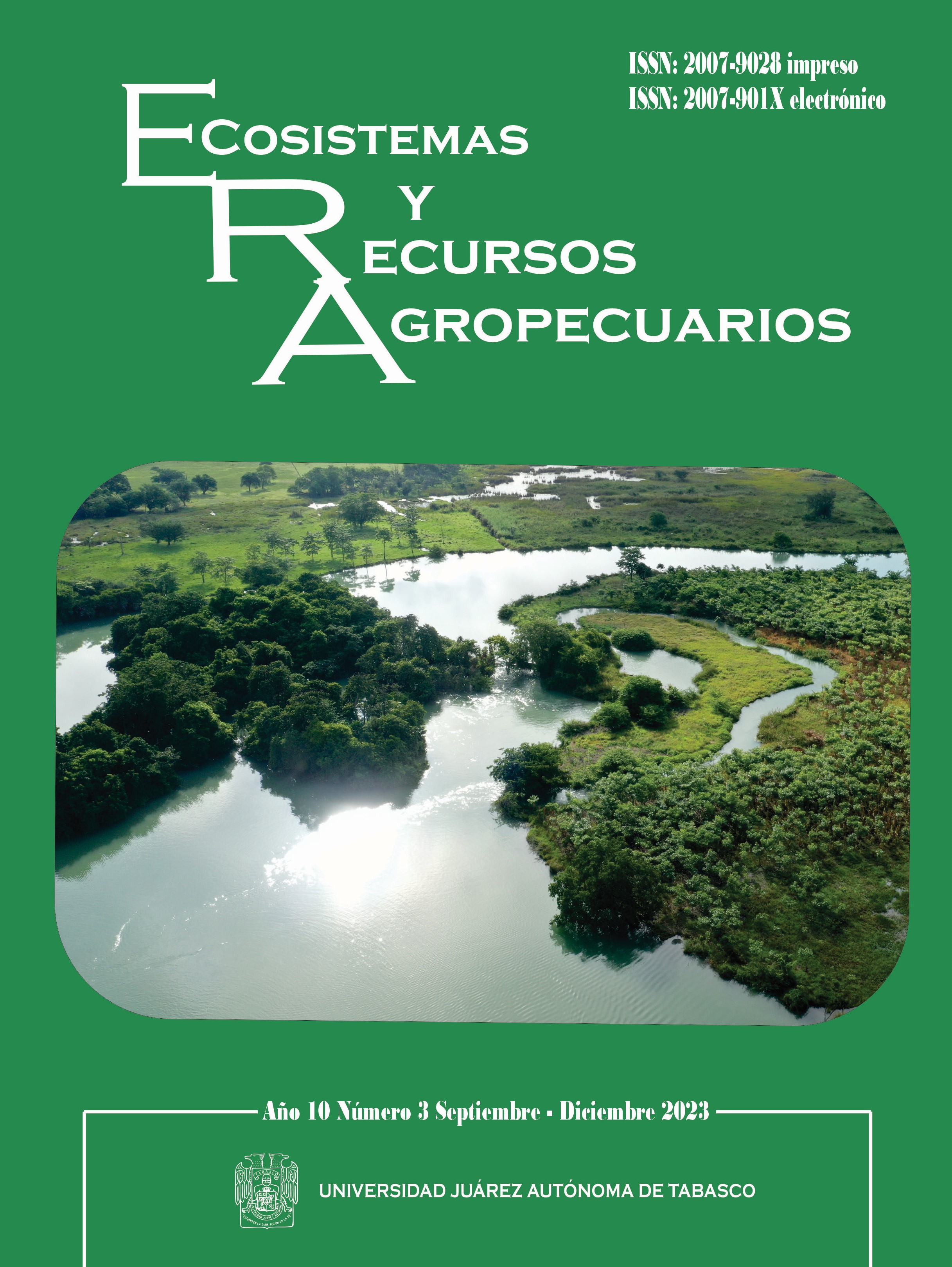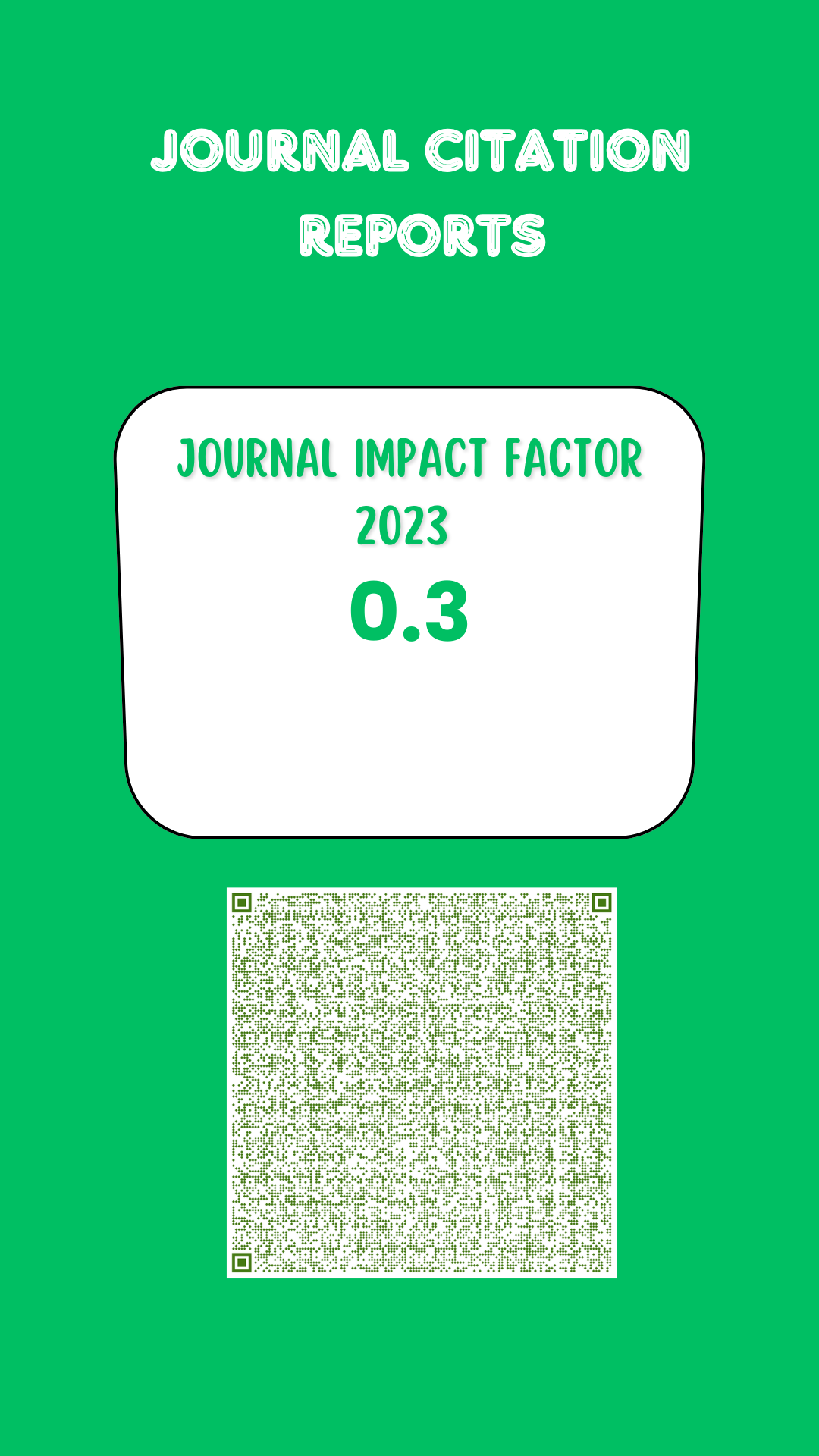Bryofloristic diversity of the Puente de Ojuela tourist area, in the sierra of Mapimí, Durango, Mexico.
DOI:
https://doi.org/10.19136/era.a10n3.3464Keywords:
Bryophytes, altitudinal gradient, habitat preference, arid and semi-arid zonesAbstract
Bryophytes are taxa mainly related to sites with water availability, however, in areas with limited water resources they are present in regions such as the semi-arid area of Durango; Therefore, considering that these types of ecosystems are generators of endemisms, it will be possible to find endemic species for the region of interest to science. Bryophyte mats collected along an altitude gradient in a tourist area called Puente de Ojuela were identified and their habitat preference was additionally established. A total of 17 species of bryophytes were identified in an altitudinal range from 1353 to 1850 m.a.s.l., which showed that as altitude increased, the diversity of bryophytes did so proportionally. Seven species of bryophytes were recorded for the arid and semi-arid zone of Durango. The bryofloristic diversity in the semi-arid region of Durango from the Puente de Ojuela, increases according to the altitude increase, rather than with the direct presence of the water resource. In this sense, the gap on the knowledge of said diversity is covered. Similarly, the study is considered essential for new lines of research involving the Bryophyta taxa in semi-arid environments.
Downloads
References
Ah-Peng C, Wilding N, Kluge J, Descamps-Julien B, Bardat J, Chuah-Petiot M, Hedderson TA (2012) Bryophyte diversity and range size distribution along two altitudinal gradients: continent vs island. Acta Oecologica 42: 58-65.
Allen BH, Crum HA (1994) Moss flora of Central America Part 2. Encalyptaceae-Orthotrichaceae. Missouri Botanical Garden. Missouri, USA. 699p.
Bell G (1982) Leaf morphology of Arid-Zone moss species from South Australia. Journal of the Hattori Botanical Laboratory 53: 147-151.
Belnap J, Lange OL (2001) Biological soil crusts: Structure, function, and management. Springer. New York, USA. 506p.
Brower JE, Zar JH (1998) Field and laboratory methods for general ecology. McGraw-Hill. Boston, USA. 273p.
CNA (2017) Datos Climatológicos. Mapimí Durango. Comisión Nacional del Agua. Ciudad de México, Mexico.
https://smn.conagua.gob.mx/es/climatologia/informacion-climatologica/informacion-estadistica-climatologica. Date consulted: September 08, 2017.
Chao A (1984) “Nonparametric estimation of the number of classes in a population”. Scandinavian Journal of Statistics 11: 256-270.
Colwell RK, Coddington JA (1994) Estimating terrestrial biodiversity through extrapolation. Philosophical Tran- sactions of the Royal Society B 345: 101-118.
Cornwell WK, Pearse WD, Dalrymple RL, Zanne AE (2019) What we (don’t) know about global plant diversity. Ecography 42: 1819-1831.
Crum HA, Anderson LE (1981) Mosses of Eastern North America Vol 1. Columbia University Press. New York, USA. 1328p.
Da Costa DP, Dos Santos ND, de Rezende MA, Buck WR, Schäfer-Verwimp A (2015) Bryoflora of the Itatiaia National Park along an elevation gradient: diversity and conservation. Biodiversity and conservation 24: 2199-2212.
Downing AJ, Selkirk PM (1993) Bryophytes on the calcareous soils of Mungo National Park - an arid area of southern central Australia, Great Basin Naturalist 53: 13-23.
Delgadillo MC, Cárdenas SMÁ (1990) Manual de briofitas. Instituto de Biología UNAM. Distrito Federal, México. 283p.
Delgadillo MC, Equihua ZC (1990) Bibliografía comentada para las briofitas de México. Consejo Nacional de la Flora de México. Distrito Federal, México. 96p.
Delgadillo MC (1987) Moss distribution and the phytogeographical significance of the Neovolcanic belt of Mexico. Journal of Biogeography 14: 69-78.
Delgadillo MC (2003) Patrones biogeográficos de los musgos de México. In: Morrone JJ, Llorante JB (ed) Una perspectiva Latinoamericana de la Biogeografía. CONABIO. Distrito Federal, México. pp: 195-198.
Delgadillo-Moya C, Escolástico DA, Hernández-Rodríguez E, Herrera-Paniagua P, Peña-Retes P, Juárez-Martínez C. (2022) Manual de Briofitas. 3rd (Ed). Instituto de Biología-UNAM. Ciudad de México, México. 283p.
Eldridge DJ (1993) Cryptogams, vascular plants and soil hydrological relations: some preliminary results from the semiarid woodlands of eastern Australia, Great Basin Naturalist 53: 48-58.
Eldridge DJ, Tozer ME (1997) Environmental factors relating to the distribution of terricolous bryophytes and lichens in semi-arid eastern Australia, Bryologist 100: 28-39.
Estrada-Castillón E, Villarreal-Quintanilla AJ, Jurado-Ybarra E, Cantú-Ayala C, García-Aranda MA, Sánchez- Salas J, Jiménez-Pérez J, Pando-Moreno M (2011) Clasificación, estructura y diversidad del matorral sub- montano adyacente a la planicie Costera del Golfo Norte en el Noreste de México. Boletín de la Sociedad Botánica de México 90: 1-16.
Franco-López J, De la Cruz AG, Cruz GA, Rocha RA, Navarrete SN, Flores MG, Kato ME, Sánchez CS, Abarca ALG, Bedia SCM (1996) Manual de ecología. Trillas. Distrito Federal, México. 266p.
Franco VV (2007) Estadística descriptiva para ingeniería ambiental con SPSS. Universidad Nacional de Colom- bia, Colombia. 298p.
García MS, Mercado GJ (2017) Diversidad de briófitos en fragmentos de bosque seco tropical, Montes de María, Sucre, Colombia. Revista Mexicana de Biodiversidad. 88. DOI: 10.1016/j.rmb.2017.10.035.
Gauch HG (1982) Multivariate Analysis in Community Ecology. Cambridge University Press, Cambridge, R.U. 43p.
Gerson U (1982) Bryophytes and invertebrates. In: Smith AJE (ed) Bryophyte ecology. Chapman & Hall. London, UK. pp: 291-332.
Goffinet B, Shaw AJ (2009) Bryophyte biology. Cambridge University Press. Cambridge, UK. 566p.
González-Elizondo MS, González EM, Márquez LMA (2006) Vegetación y ecorregiones de Durango. CIIDIR Durango, Instituto Politécnico Nacional. Durango, México. 165p.
González MF (2012) Las zonas áridas y semiáridas de México y su vegetación. INE-SEMARNAT. Ciudad de México, México. 194p.
González Y, Aragón G, Benítez A, Prieto M (2017) Changes in soil cryptogamic communities in tropical Ecuadorean páramos. Community Ecology 18: 11-20.
Gradstein SR, Churchill SP, Salazar-Allen N, Reiner-Drehwald ME (2001) Guide to the bryophytes of tropical America. New York Botanical Garden. Bronx, USA. 577p.
Hurlbert SH (1971) The nonconcept of species diversity: A critique and alternative parameters. Ecology 52: 577-586.
INEGI (2013) Prontuario de información geográfica municipal de los Estados Unidos Mexicanos: Mapimí, Du- rango. Clave geoestadística 10013. Instituto Nacional de Estadística y Geografía.
Lloret F (1986) La vegetación briofítica rupícola en relación con los gradientes altitudinal e hígrico en el Montseny (Barcelona). Orsis: Organismes i Sistemes 2: 55-70.
Manly BFJ (1986) Multivariate Statistical Methods: A Primer. Chapman and Hall. London, UK. 150p.
Morales T (2009) Musgos (Bryophyta) del Parque Nacional Ávila, sectores Cerro El Ávila-Lagunazo, Venezuela. Caldasia 31: 251-267.
Moreno CE (2001) Métodos para medir la biodiversidad Vol 1. Manuales y Tesis SEA. Zaragoza, España. 84p.
Muro-Pérez G, Romero-Méndez U, Flores-Rivas JD, Sánchez-Salas J (2009) Algunos aspectos sobre el nodrizaje en Astrophytum myriostigma Lem (1839) (Cactae: Cactaceae) en la sierra El Sarnoso, Durango, México. Boletín Nakari 20: 43-48.
Nadhifah A, Khujjah M, Vitara PE, Noviady I (2018) Bryophytes in Cibodas Botanical Garden: diversity and potential uses. Biosaintifika: Journal of Biology & Biology Education 10: 455-463.
Pinzón M, Linares EL (2006) Diversidad de líquenes y briofitos en la región subxerofítica de la Herrera, Mosquera (Cundinamarca-Colombia). I. Riqueza y estructura. Caldasia 28: 243-257.
Proctor MCF (2000) Physiological ecology. In: Shaw AJ, Goffinet B(eds) Bryophyte biology. Cambridge University Press. Cambridge. pp: 225-247.
Quan D, Yang B, Ma W, Song L, Shen T (2021) Bryophyte diversity and its threat status in Xishuangbanna. Biodiversity Science 29: 545-553.
Ramírez PBR (2013) Riqueza y distribución de musgos en el Departamento del Cauca, Colombia. Boletín Científico Museo de Historia Natural 17: 17-37.
Rzedowski J (1968) Las principales zonas áridas de México y su vegetación. Bios Revista del Seminario de Estudios Biológicos 1: 4-24.
Sánchez J, Estrada-Castillón E, Montes SA, Muro-Pérez G, García-Aranda M, García-Morales LJ (2014) Diver- sidad cactoflorística de la zona árida y semiárida de Durango, México. Interciencia 39: 794-802.
Sharp AJ, Crum HA, Eckel PM (1994) The moss flora of Mexico. Memoirs of the New York Botanical Garden. 1113p.
Smith RJ (2013) Cryptic diversity in bryophyte soil-banks along a desert elevational gradient. Lindbergia 36: 1-8.
Song L, Ma WZ, Yao YL, Liu WY, Li S, Chen K, Chen, K. Lu HZ, Cao M, Sun ZH, Tan ZH, Nakamura A (2015) Bole bryophyte diversity and distribution patterns along three altitudinal gradients in Yunnan, China. Journal of Vegetation Science 26: 576-587.
Stahle DW, Cook ER, Burnette DJ, Villanueva J, Cerano J, Burns JN, Howard IM (2016) The Mexican Drought Atlas: Tree-ring reconstructions of the soil moisture balance during the late pre-Hispanic, colonial, and modern eras. Quaternary Science Reviews 149: 34-60.
Stevens GC (1992) The elevational gradient in altitudinal range: an extension of rapoport’s latitudinal rule to altitude. American Naturalist 140: 893-911.
Sun SQ, Wu YH, Wang GX, Zhou J, Yu D, Bing HJ, Luo J (2013) Bryophyte species richness and composi- tion along an altitudinal gradient in Gongga Mountain, China. PloS one 8: e58131. DOI: 10.1371/jour- nal.pone.0058131.
Ward JH (1963) Hierarchical grouping to optimize an objective function. Journal of the American statistical asso- ciation 58: 236-244.
Downloads
Published
Issue
Section
License
Copyright (c) 2023 Ecosistemas y Recursos Agropecuarios

This work is licensed under a Creative Commons Attribution-NonCommercial-ShareAlike 4.0 International License.
Aviso de copyright
Los autores que se envían a esta revista aceptan los siguientes términos:
una. Los autores conservan los derechos de autor y garantizan a la revista el derecho a ser la primera publicación del trabajo con una licencia de atribución de Creative Commons que permite a otros compartir el trabajo con un reconocimiento de la autoría del trabajo y la publicación inicial en esta revista.
B. Los autores pueden establecer acuerdos complementarios separados para la distribución no exclusiva de la versión del trabajo publicado en la revista (por ejemplo, en un repositorio institucional o publicarlo en un libro), con un reconocimiento de su publicación inicial en esta revista.
C. Se permite y se anima a los autores a difundir su trabajo electrónicamente (por ejemplo, en repositorios institucionales o en su propio sitio web) antes y durante el proceso de envío, ya que puede conducir a intercambios productivos, así como a una cita más temprana y más extensa del trabajo publicado. (Consulte El efecto del acceso abierto).



